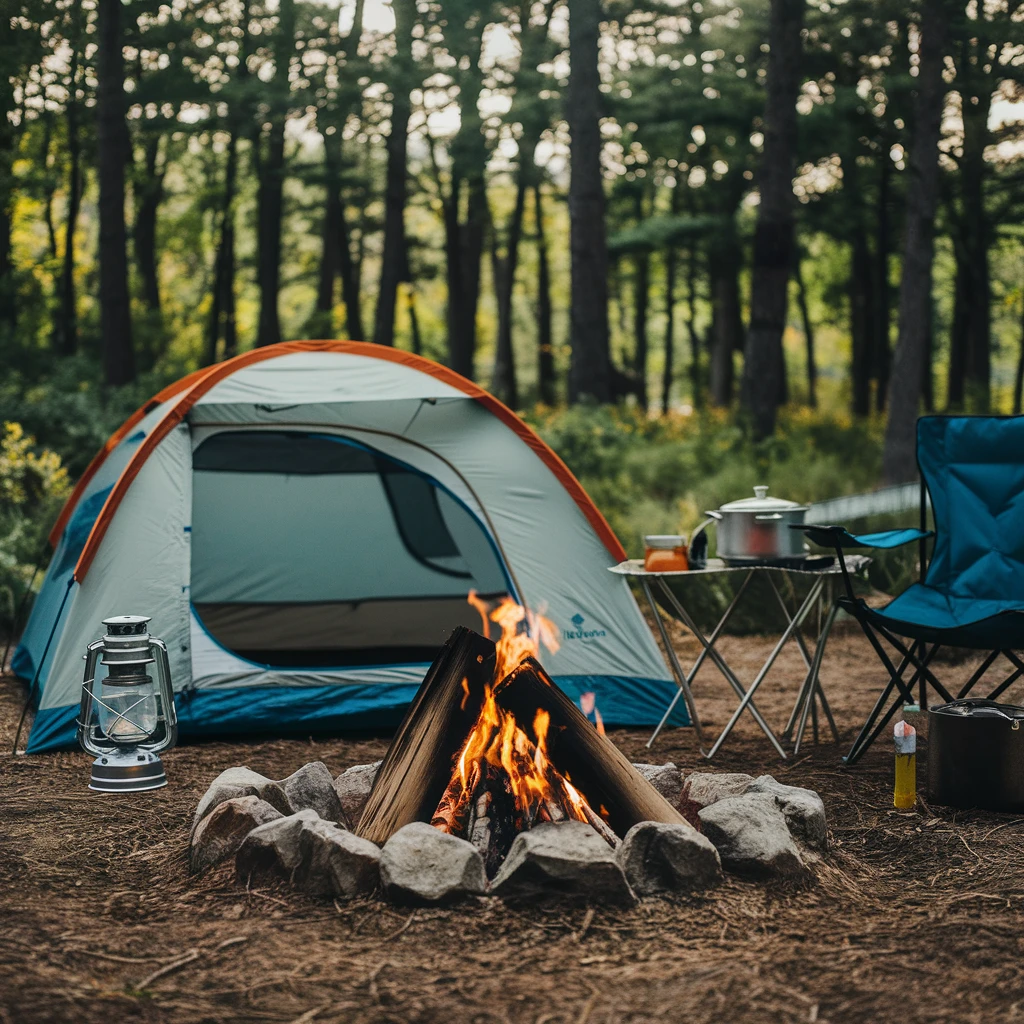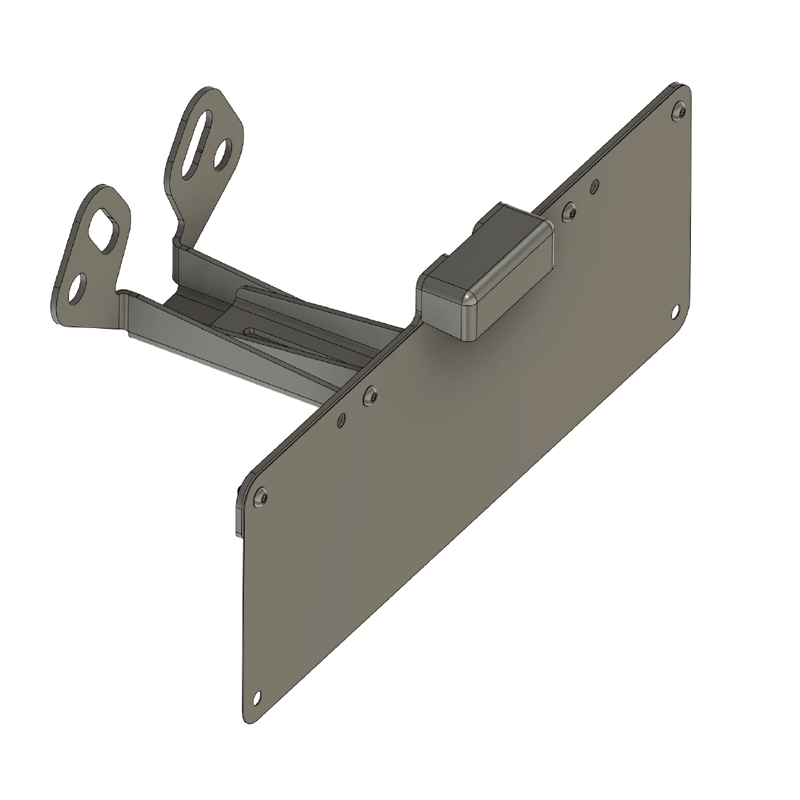The Art Of Spotting - Navigating Obstacles
If you’ve ever done any rock crawling you’ll know how vital spotting is, but it’s an art any off road driver can use. Basically it’s simple; someone outside the vehicle watches the wheels and the ground, and talks the driver forward (usually with hand signals, but some people like a two-way radio). That might seem a bit weird, but think about it; from the driver’s seat you can’t see the wheels or the ground right in front of them, and when you’re trying to pick your way through rocks, a rough streambed or a bad muddy patch that can get you in trouble pretty quickly.
Obviously you’re not going to need a spotter most of the time. You’d never get anywhere if you were limited to the speed of a bloke walking backwards in front of you. It’s a great idea for short, difficult stretches though – and essential for rock crawling. Try that without a spotter and problems are pretty much guaranteed. Of course you need to make sure the spotter knows what they’re doing, too. It’s a job for someone who knows off-road driving.
Basically the spotter’s job is to check out the ground you’re going to be driving over, looking for hazards and steering you round them. They’ll need to know your vehicle and its capabilities, including its ground clearance. As you move forward they pick a route that avoids any rocks or stumps you might ground on, deep holes or mud, and anything else that could get you damaged or stuck. A good spotter also needs to be able to spot routes that will make the vehicle lean too much, risking a rollover. Again, some off-road experience is vital here.
Spotters pick out safe routes through hazards, and part of that is making sure the route gets where you want to go. If you’re spotting don’t just jump out and start talking the driver forward; walk the whole stretch first, and make sure you’re not going to be leading him into a dead end. That also lets you spot potential problems well in advance, so you can either pick out a way round them or plan the best approach to get safely through.
Once the vehicle starts to move then you, as the spotter, are the one who’s controlling it; the driver is just reacting to your hand signals. We’ll cover hand signals soon but you need to be sure you both know what they mean, or embarrassment is going to happen. If there’s a rock big enough to risk getting high-centred it’s up to the spotter to make sure the driver either goes round it or gets a tyre over it. The same goes for sand traps or potholes – don’t expect him to avoid them himself, because talking him around them is your job.
If you’re planning a trip and think spotting might be needed it’s a great idea to get some practice first. The main things to focus on are the hand signals and getting the speed right. It really isn’t hard, and it can make a huge difference on tough tracks. With a good spotter out front you really can go pretty much anywhere.






